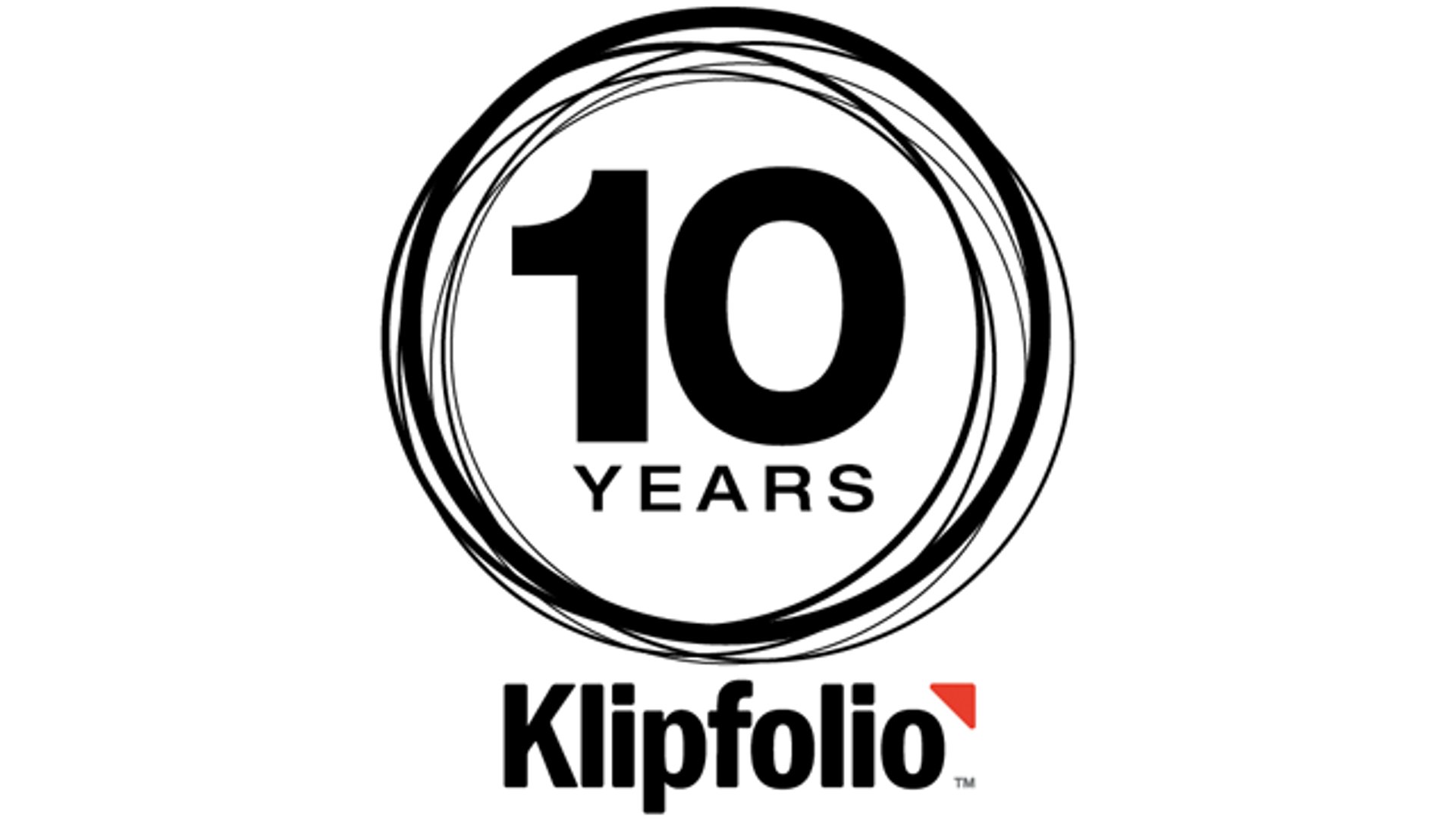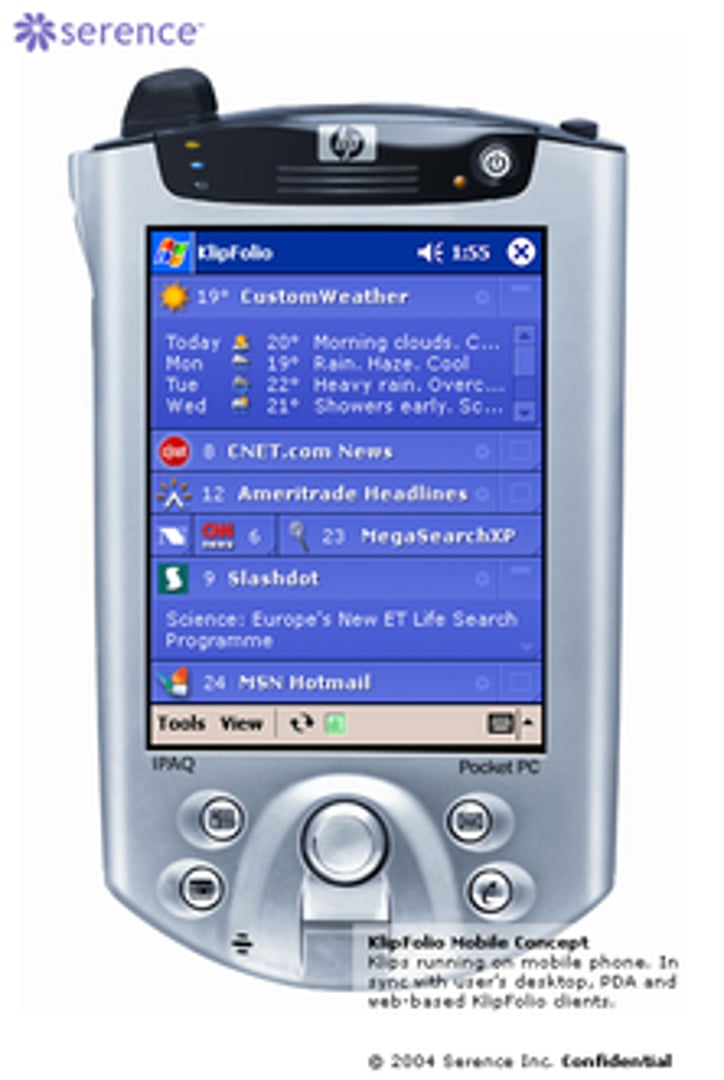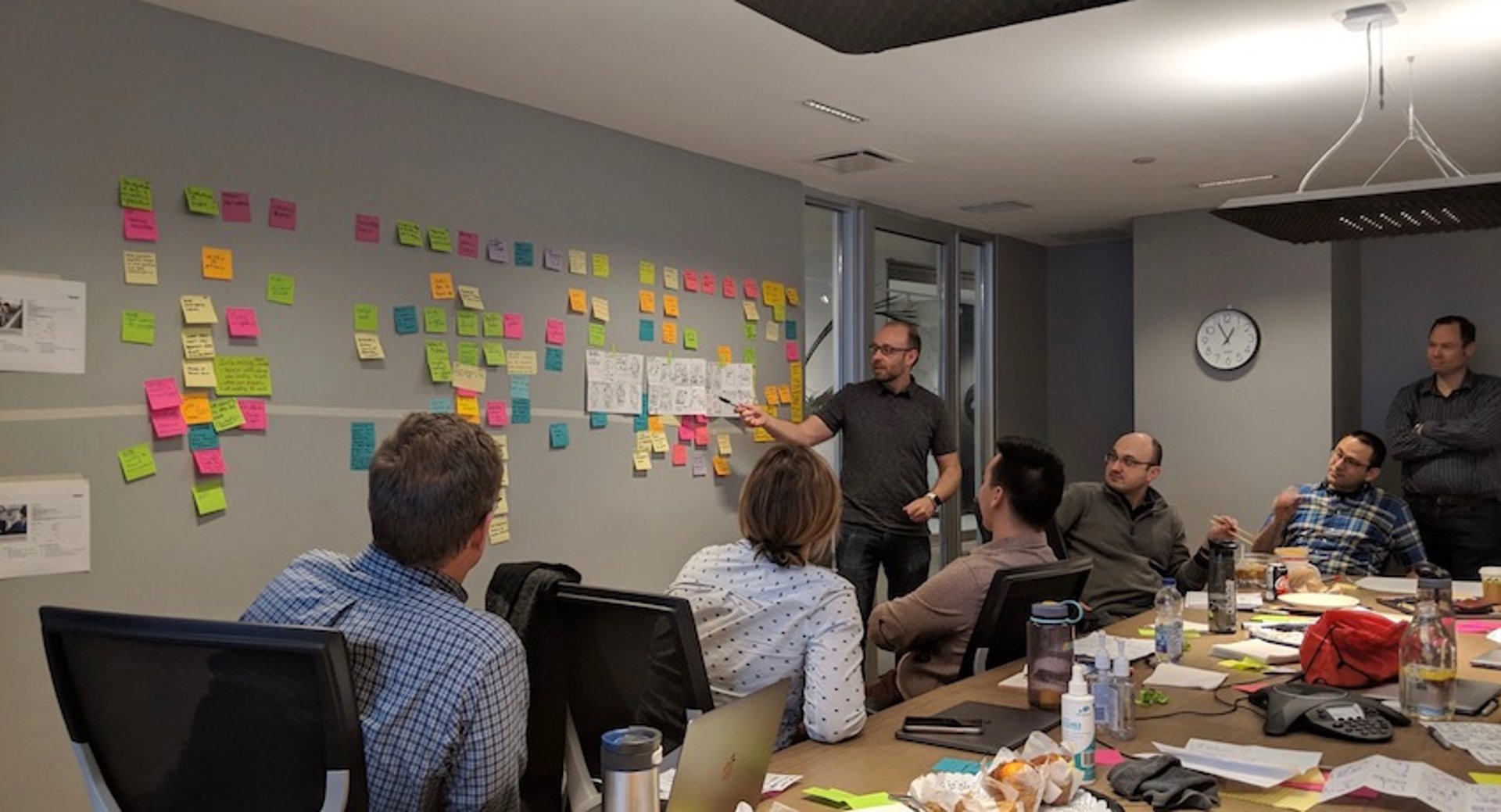Part 2: The history of Klipfolio

Published 2023-11-27
Summary - In the second instalment of the history of Klipfolio, the team finally succeeds in landing an enterprise customer and starts to consider the problem of data visibility from a different perspective.
When we left off, the founding trio had released version 1.0 of Klipfolio Dashboard to a warm reception by the consumer market. At its peak, the consumer product received more than 1000 downloads per day. But their success was tempered by the fact that they had yet to land a significant paying customer.
That would all change in 2004 when Klipfolio was approached to build a branded desktop dashboard or a RIA (rich internet application) for Staples. This opportunity meant that the team could test their expertise with a top tier customer and that the new resources would allow them to invest in their underlying intellectual property. Generally speaking, a branded dashboard is an application that allows consumer brands to set up a two-way communications channel with their customers. These dashboards came with a variety of features, including secure access to the user accounts, streamlined product ordering processes, and data alerts and notifications. In short, branded dashboards were a valuable application that increased customer loyalty.

This period served as a growth spurt for the team. To begin with, they moved their offices from Carleton University to its current location in downtown Ottawa. Next, the team expanded and drew in new talent to work on product development, marketing, sales, and established a support and QA role as well. And technically, the team was having its product tested by some of the world's largest brands. At the time, smartphones, and a way to reach customers on their phones was of increasing interest - with operating systems like Symbian and Windows Mobile dominating the market. Intrigued by the potential of mobile dashboards, Klipfolio made its first foray into the mobile space in 2004. While Klipfolio wouldn't go mobile until 2011 (and with a different focus), these developments were symbolic of the investment Klipfolio was able to make in its intellectual assets. The end result of this growth spurt was to prepare Klipfolio for its biggest move yet.

The branded desktop applications served as a proving ground for the team, having successfully grown revenues and increased the visibility of the company. However, the success, the market, and the customers were not to last. Selling into the branded desktop space was lucrative, but strategically not a market in which Klipfolio could exponentially grow revenues - it was, after all, mostly services revenue that accounted for the current growth.
At the same time, their work in the branded space had exposed the team to the problems of data visibility at the enterprise-level. The Klipfolio platform, right from the onset, had been a data delivery and presentation tool - for consumers in the early years, for B2C brands, and now possibly for internal enterprise use. Was the tool flexible enough that developers could just as easily use a Klip to display a key performance indicator (KPI) as they could a news feed? As the team discussed the enterprise landscape and the opportunities and challenges of selling into the business intelligence market, the question was really about how to leverage the platform and build a licensing based business model.
In 2007, at the height of the hype of branded dashboards, Klipfolio shifted its focus to operational business intelligence (OBI) and started talking about KPI dashboards. Just as consumers wanted to see data that came in via the web, enterprise customers wanted a consolidated and simplified view of their KPIs that would help drive business decisions. A dashboard that displays KPIs in a way that promotes positive action is a valuable asset to any organization. As with the consumer dashboard, Klipfolio continued to believe that real-time data should be accessible to everyone.
The move was a calculated risk and it paid off early when Klipfolio announced their first big KPI dashboard deployment by Europe's largest airline, Lufthansa. The early win was pivotal in the company's history, acting as a catalyst to accelerate entry into the enterprise market. But in December 2007 the team faced a new reality when news broke that a financial crisis was shaking up the world economy, toppling small and large businesses alike. "The immediate effect of the recession was that enterprises needed to do more with less," says Allan Wille. The question on everyone's mind was whether money conscious enterprises were going to save a spot in their budget for a KPI dashboard.
In the third and final part of the history of Klipfolio, the team will emerge from the recession with new enterprise customers, and prepares to debut its long-awaited mobile BI dashboard.
Read Part 1 of the history here.
Check out the Visual History of Klipfolio.
Related Articles

12 Important Sales Enablement Metrics You Shouldn't Miss
By Grace Lau — September 19th, 2025
Data-Driven Agency Series, Chapter 2: Using data to foster lasting customer relationships
By Marisha Sesto — October 17th, 2022
The Power of Words
By Holly Ebbs — August 12th, 2020

